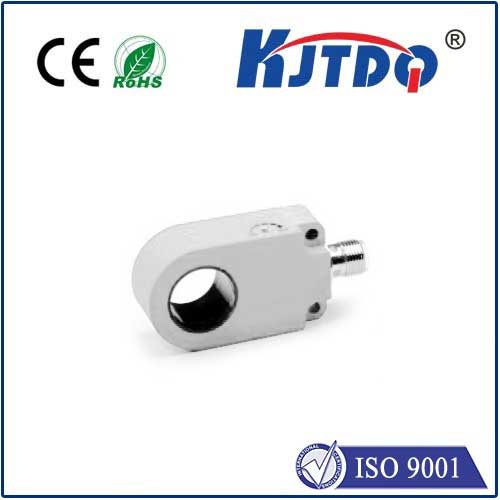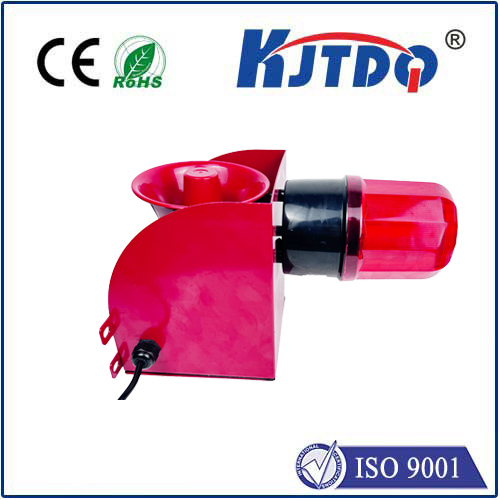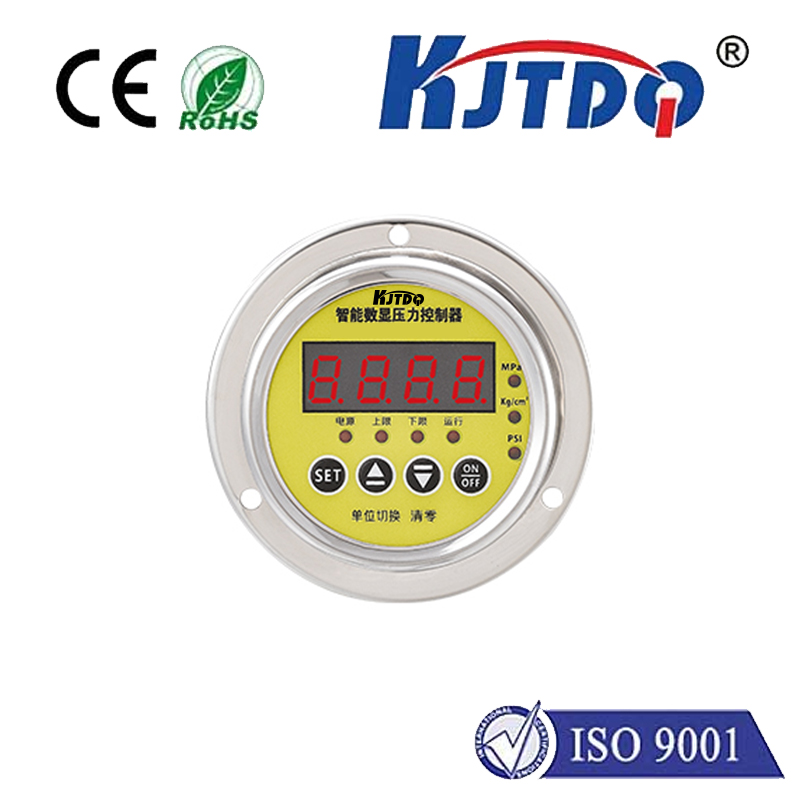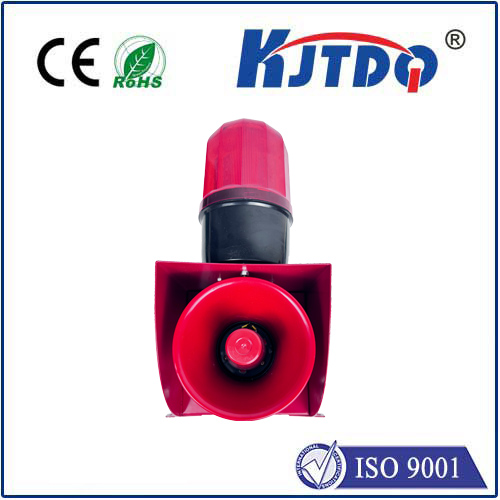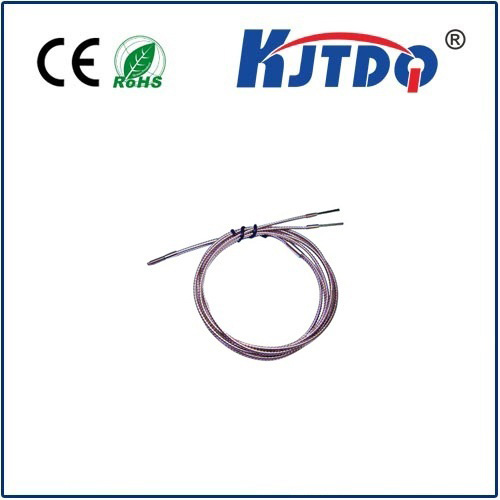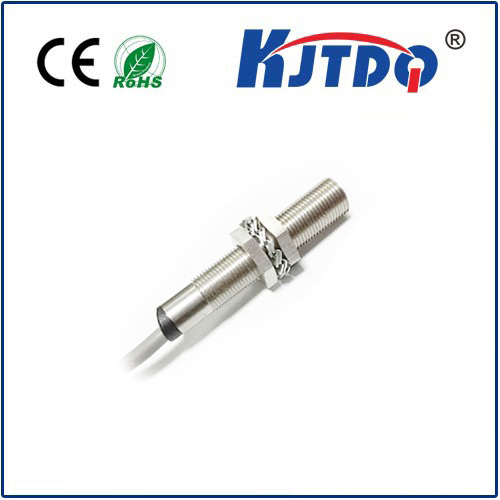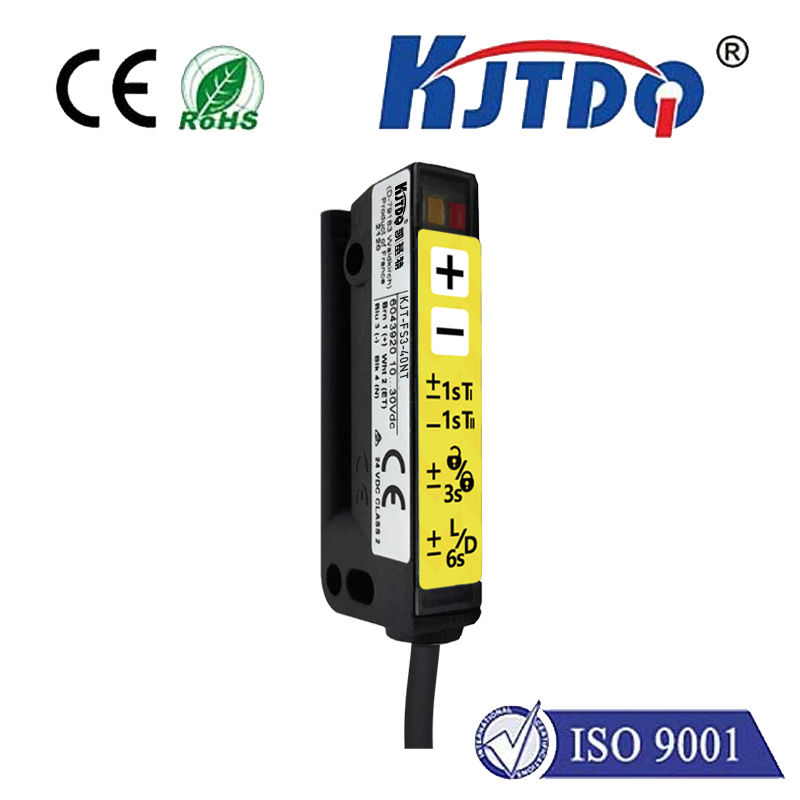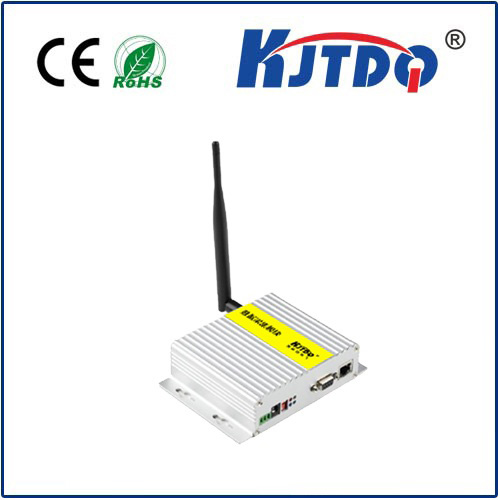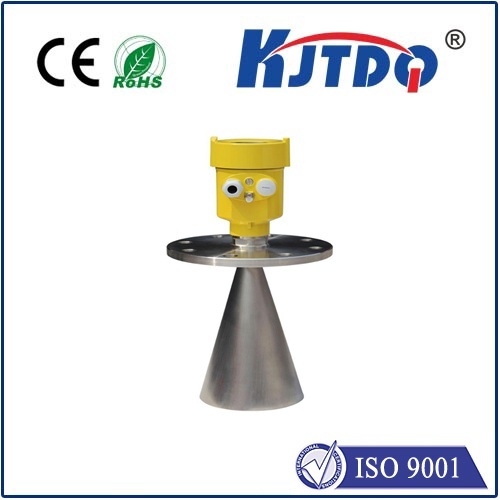
check

check

check

check
The proliferation of the Internet of Things (IoT) has paved the way for numerous innovations in various industries, one of which is proximity sensors. These tiny devices have revolutionized the way we interact with technology, enabling seamless communication between objects and people. In this article, we will explore how proximity sensors are transforming the world of IoT and automation and their potential impact on our daily lives.
Proximity Sensors: Definition and Types
Proximity sensors are passive electronic devices that detect and measure the distance between two objects or points. They work based on the principle of electromagnetic induction when a magnetic field is created near an object. There are different types of proximity sensors available, including infrared, ultrasonic, and laser sensors. Each type has unique properties and applications.
Infrared Proximity Sensors: High Accuracy, Easy to Use
Infrared proximity sensors are widely used in applications where precise distance measurements are crucial, such as automatic door controls, parking systems, and access control systems. These sensors use infrared beams to detect objects' positions, making them highly accurate and reliable. Moreover, they are easy to install, require minimal power consumption, and offer long-range coverage.
Ultrasonic Proximity Sensors: Non-Contact, Wide Coverage
Ultrasonic proximity sensors operate based on the principle of sound waves, emitting high-frequency pulses that reflect off nearby objects. These sensors can measure distances up to several meters without physical contact, making them ideal for applications where cleanliness or maintenance is critical, such as medical equipment, robotics, and industrial automation. Additionally, ultrasonic sensors offer wide coverage and can detect multiple objects simultaneously.
Laser Proximity Sensors: Fast Response Time, High Resolution
Laser proximity sensors use a beam of light to measure the distance between two objects or points. They have a fast response time, ranging from milliseconds to nanoseconds, allowing for real-time processing and decision-making. Furthermore, laser sensors have high resolution, making them suitable for tasks that require precise measurement, such as object tracking and identification.
Integration of Proximity Sensors into IoT and Automation Systems
Proximity sensors play a crucial role in enhancing the functionality of IoT and automation systems by providing accurate distance information between objects. They enable smart homes, self-driving cars, industrial robots, and other connected devices to interact seamlessly with each other. For instance, a smart home system equipped with proximity sensors can adjust lighting and temperature based on the occupants' presence or absence. Similarly, an industrial robot equipped with proximity sensors can avoid collisions with other machines and obstacles in its path.
The Future of Proximity Sensors: Advancements and Opportunities
As technology continues to advance, so do proximity sensors' capabilities. Future versions of these devices are expected to have improved accuracy, longer battery life, and faster response times. Moreover, new materials such as graphene and carbon nanotubes are being explored for improving sensor performance and reducing their size and weight. With these advancements, proximity sensors are poised to transform various sectors such as healthcare, transportation, manufacturing, and agriculture. Conclusion
In conclusion, proximity sensors have become an integral part of the IoT and automation revolution, enabling seamless communication between objects and people. With their high accuracy, ease of use, and versatility
